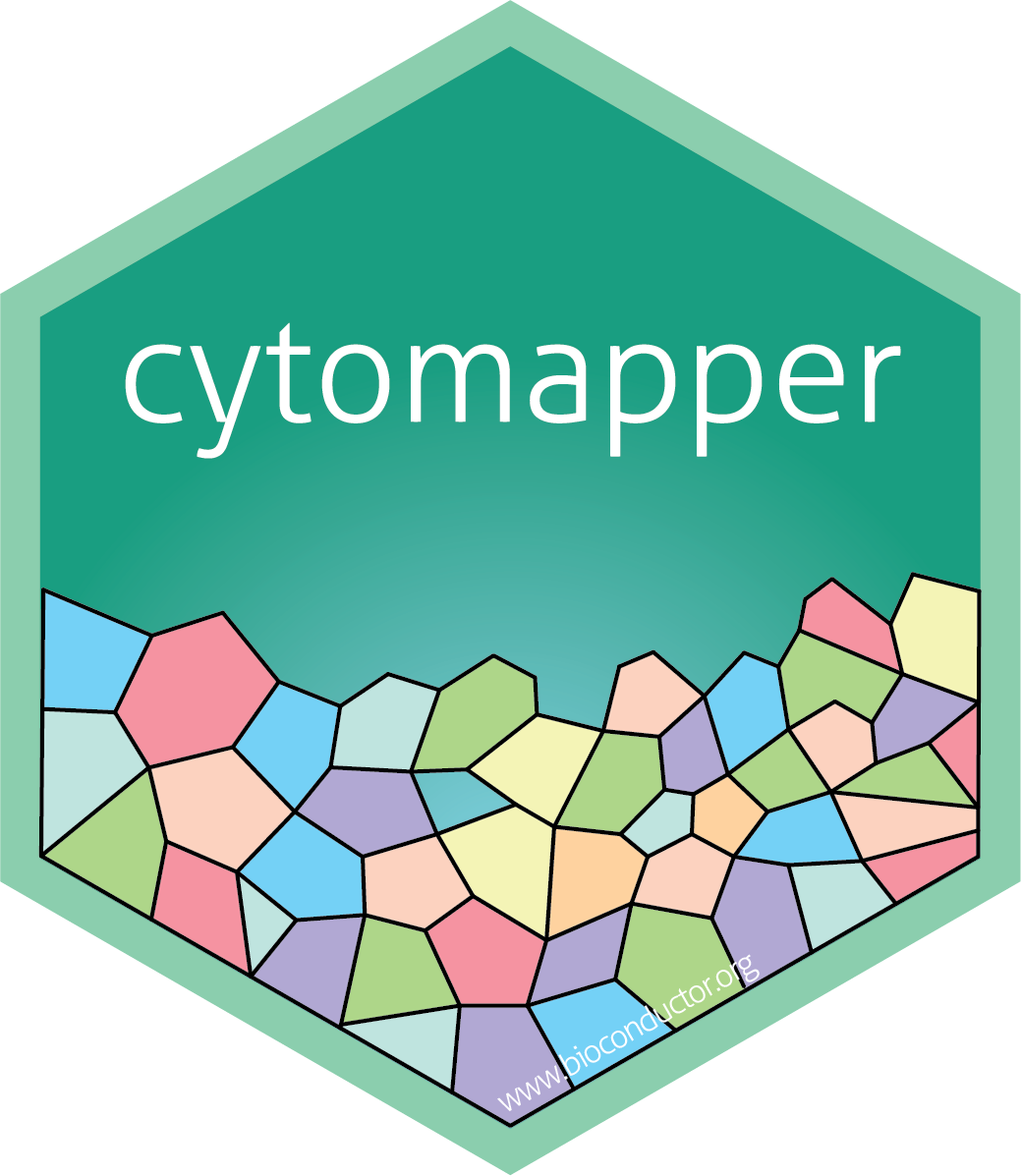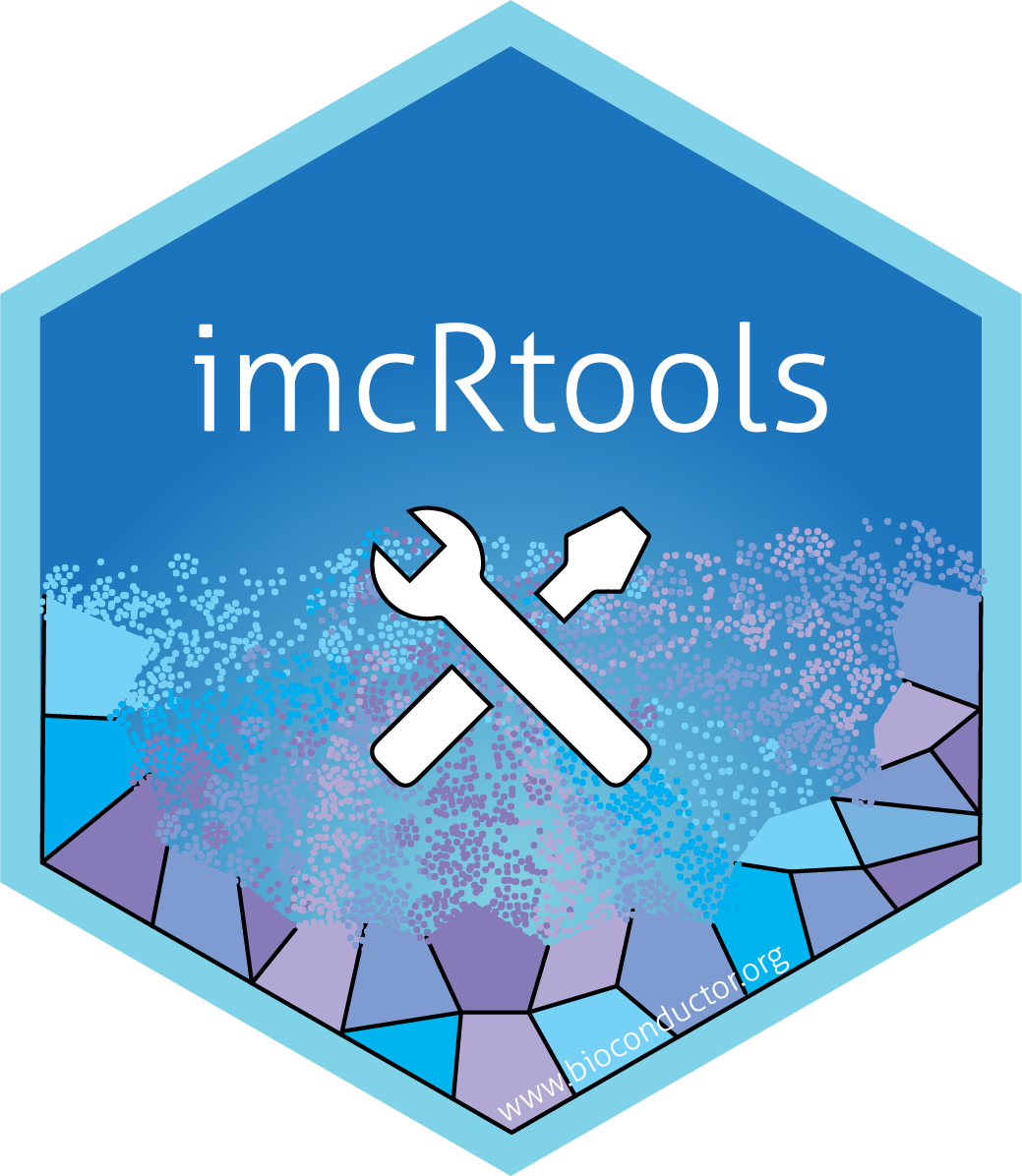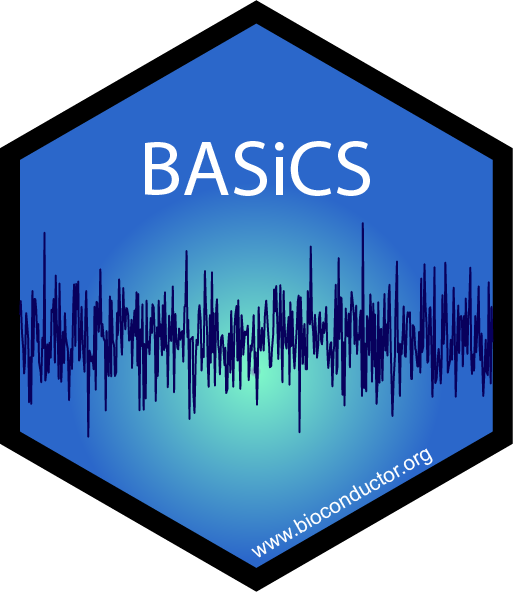cytomapper
Highly multiplexed imaging cytometry acquires the single-cell expression of selected proteins in a spatially-resolved fashion. These measurements can be visualized across multiple length-scales. First, pixel-level intensities represent the spatial distributions of feature expression with highest resolution. Second, after segmentation, expression values or cell-level metadata (e.g. cell-type information) can be visualized on segmented cell areas. This package contains functions for the visualization of multiplexed read-outs and cell-level information obtained by multiplexed imaging cytometry. The main functions of this package allow (i) the visualization of pixel-level information across multiple channels, (ii) the display of cell-level information (expression and/or metadata) on segmentation masks and (iii) the interactive gating and visualization of cells.
Bioconductor: https://www.bioconductor.org/packages/release/bioc/html/cytomapper.html
Github: https://github.com/BodenmillerGroup/cytomapper
Docs: https://bodenmillergroup.github.io/cytomapper/
Paper: cytomapper: an R/Bioconductor package for visualisation of highly multiplexed imaging data


